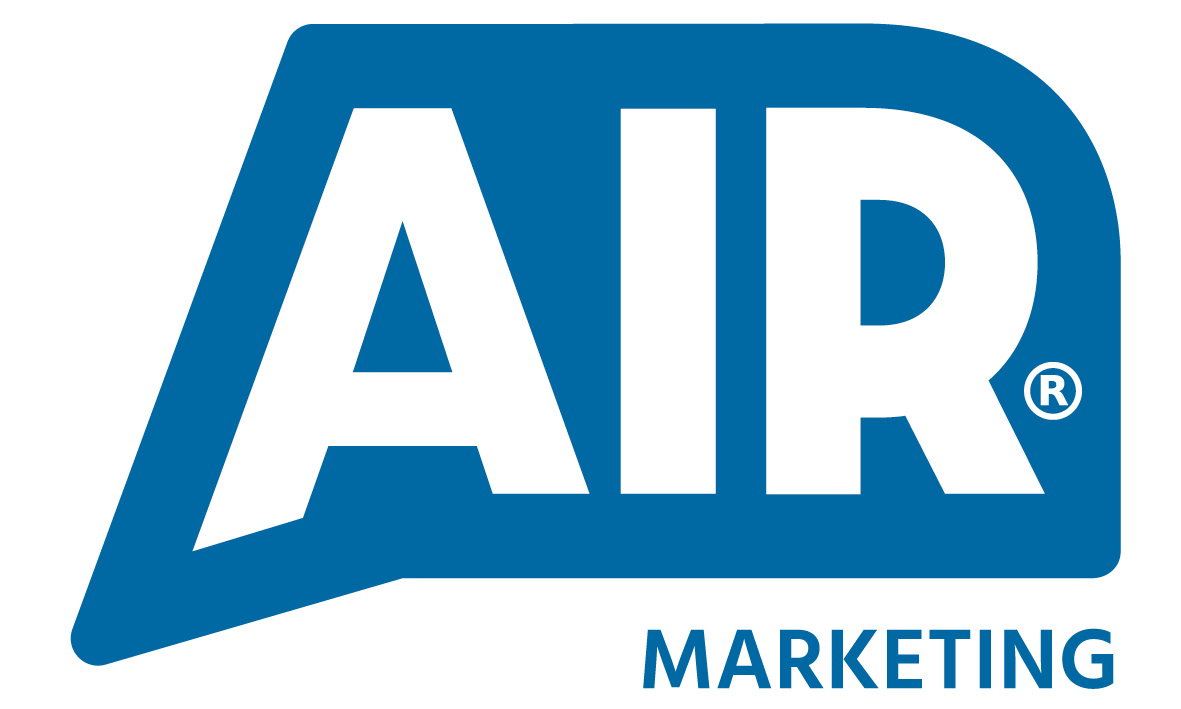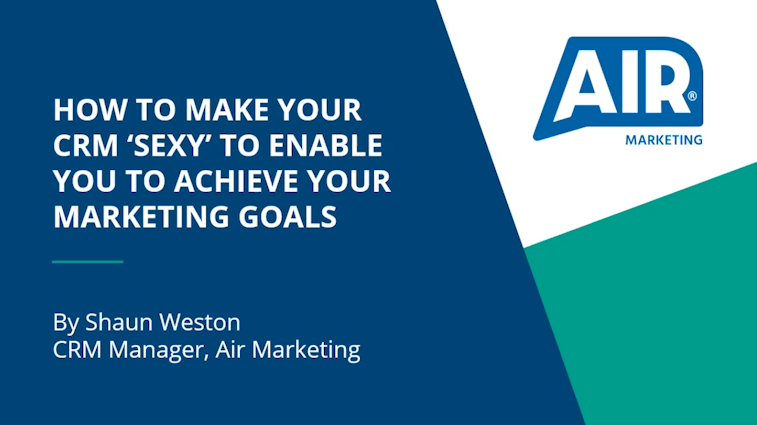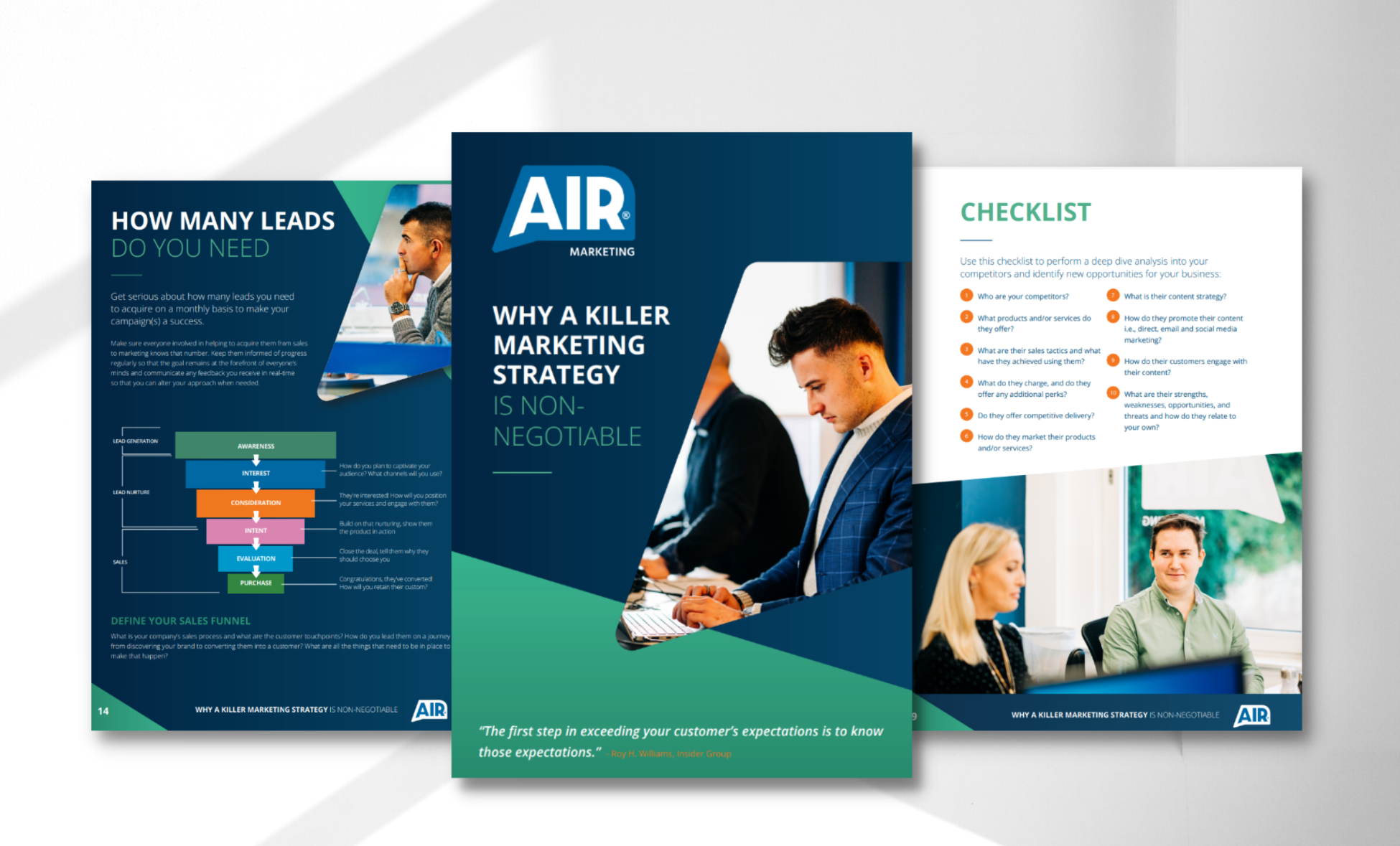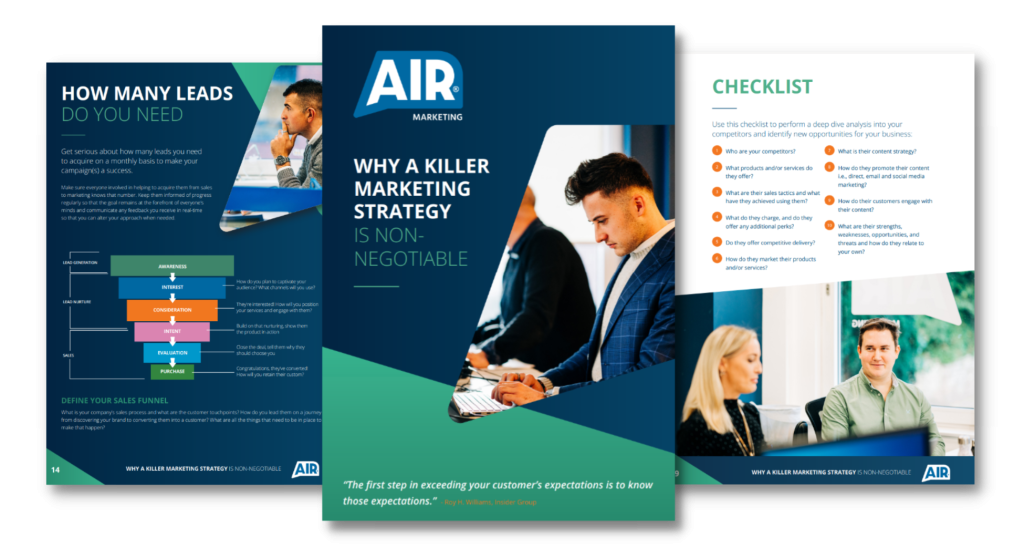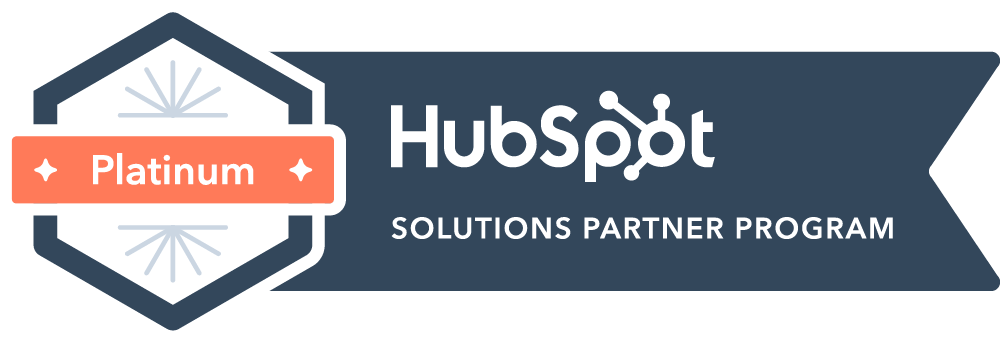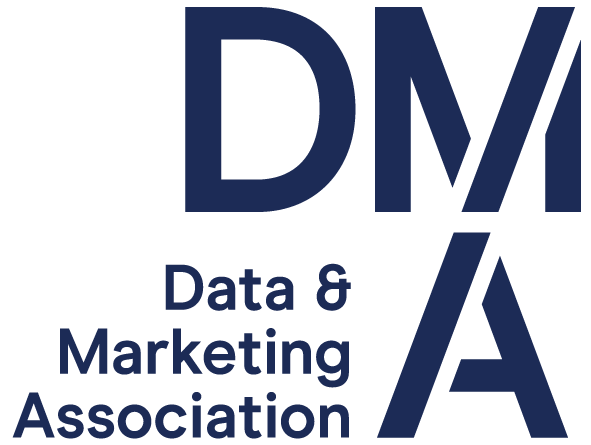Shaun Weston, the brilliant mind behind our CRM strategy, delivered an incredible workshop at the Building Brands UK event on 23rd May. This workshop was a valuable opportunity for our audience to gain insights into the intricacies of CRM implementation.
For those who were unable to attend the event or wish to revisit the workshop, the recording is now available for you to watch above.
Shaun covered a comprehensive range of topics, including:
– Understanding the fundamentals of a CRM
– Collaborating seamlessly with sales teams through CRM
– Harnessing accurate data on lead and customer journeys to showcase Marketing’s impact
– Gaining actionable insights on MQL conversion through CRM
– Consolidating data from various sources (organic social, paid social, email, PPC, web, landing page design) in one CRM for enhanced effectiveness
– Closing the feedback loop and improving lead quality with CRM data instead of relying on opinions and emotions
– Empowering end users to become early adopters and advocates of CRM
BOOK A TECH STACK AUDIT WITH SHAUN
Your most important relationship is the one that you have with your customers. So why not make it as smooth as possible?
With the right software in place, you can enhance your sales and marketing processes and boost your ROI.
We’re offering a free tech stack audit to help you understand your existing CRM and identify any inefficiencies. We will provide honest, actionable recommendations to optimise your tech stack and improve your business operations. Request your audit by completing the form.
